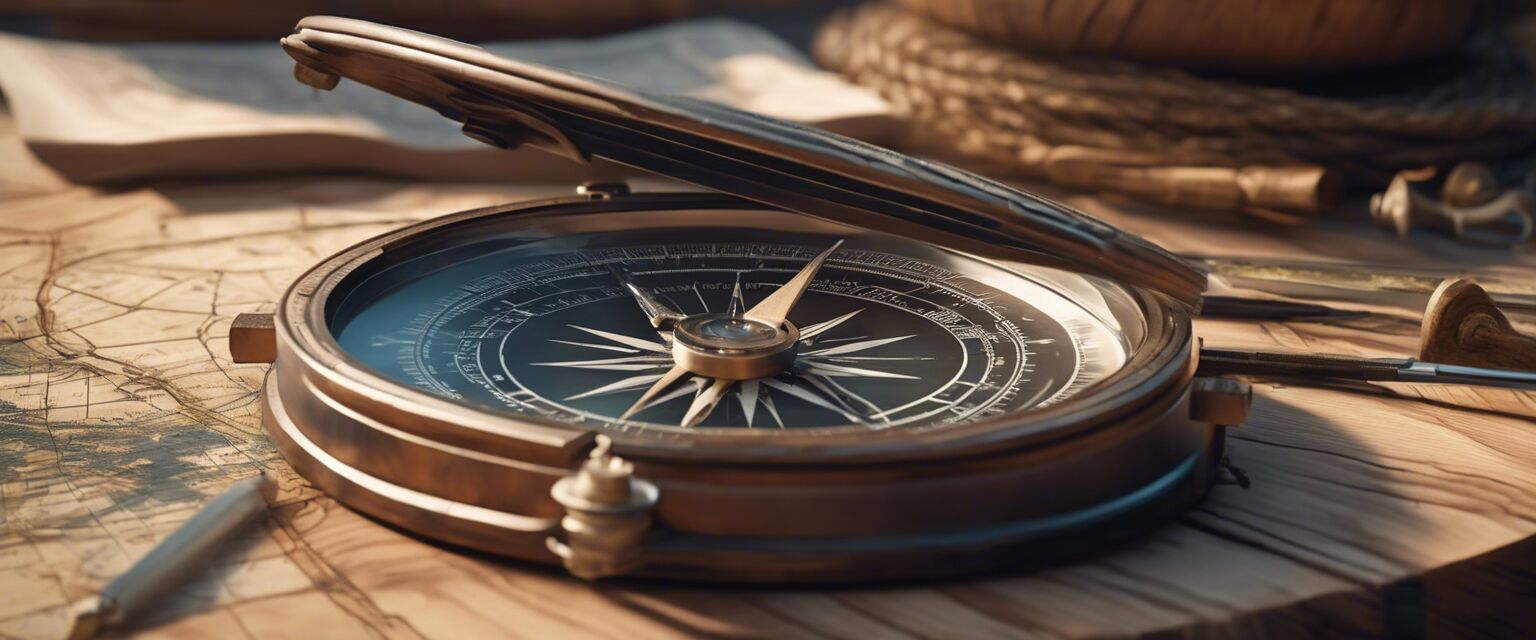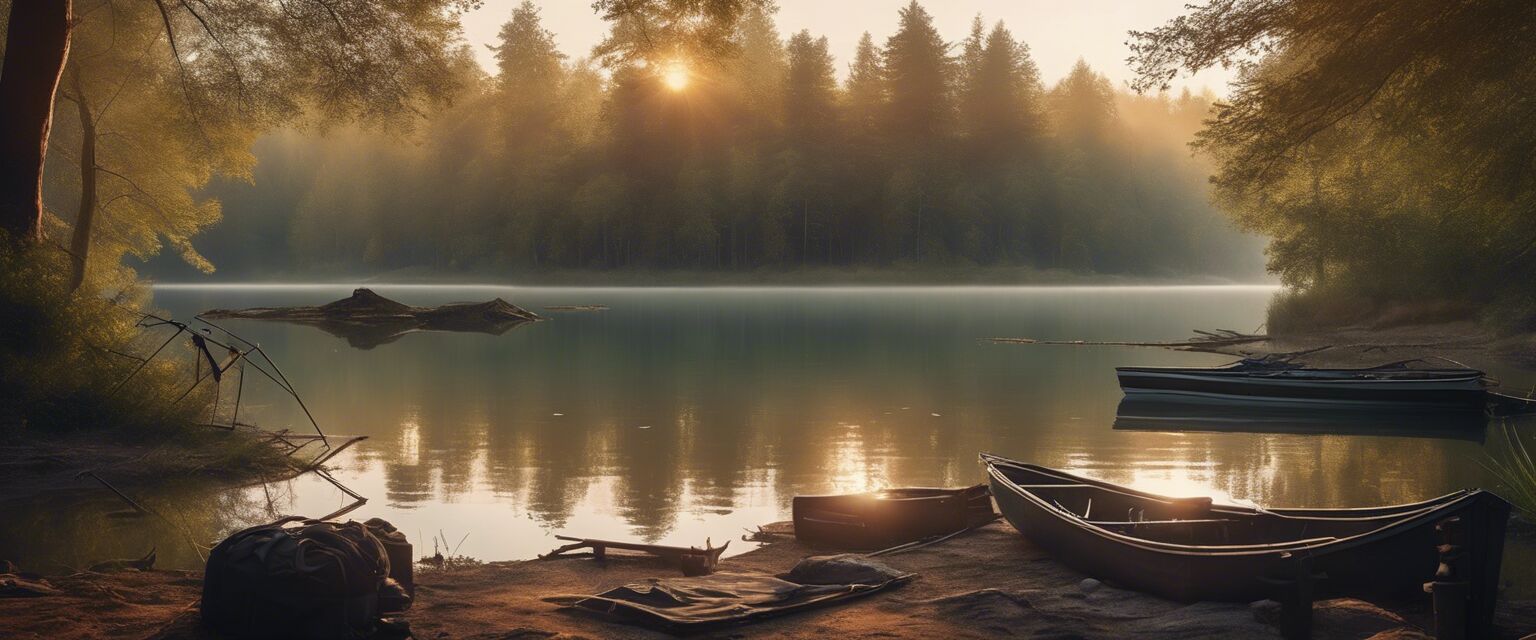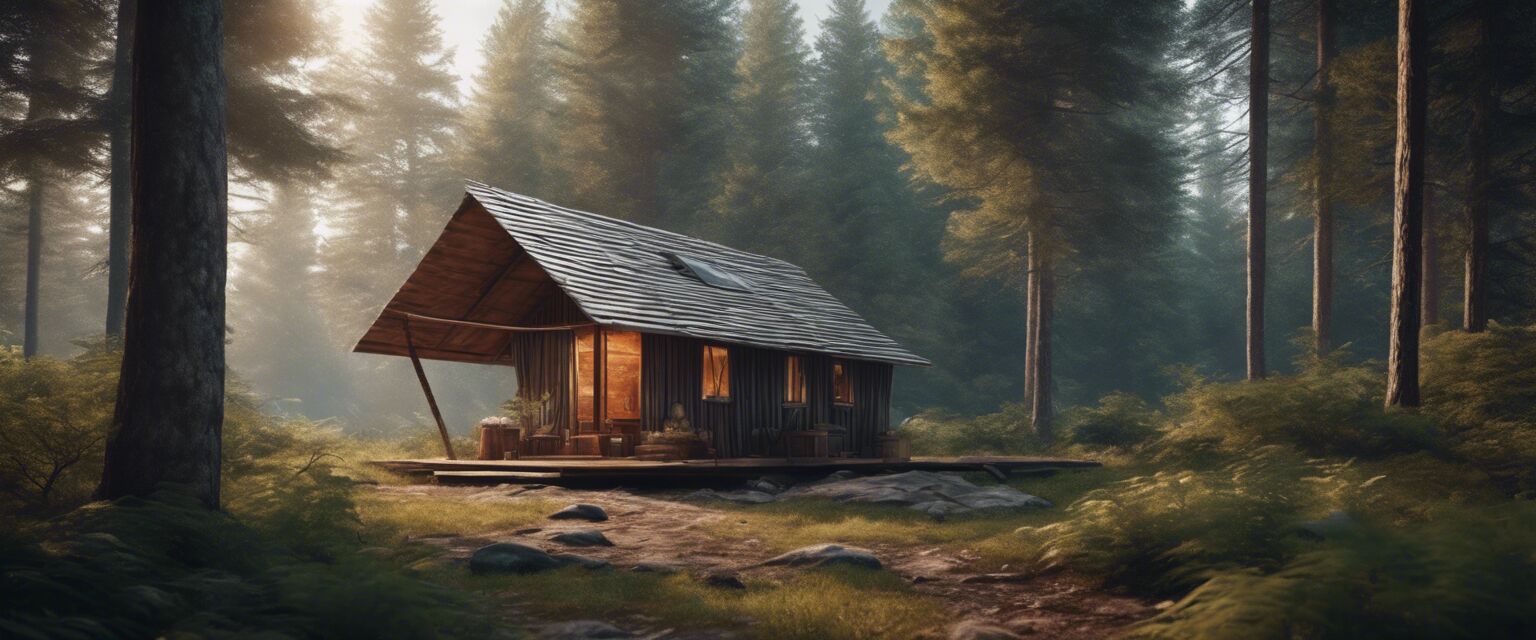
Building Shelter
Key Takeaways
- Choosing the right materials is essential for durability.
- Different shelter types serve various needs and environments.
- Consider local temperature, weather, and terrain.
- Incorporate sustainable practices when building.
- Off-grid shelters offer various solutions for those seeking independence.
Building a reliable off-grid shelter is one of the first steps toward sustainable living. It provides safety, security, and comfort while embracing independence from urban infrastructures. In this guide, we will explore various techniques and materials essential for constructing durable shelters, whether you are venturing into the wilderness or living on a homestead.
Types of Off-Grid Shelters
Choosing the right type of shelter is crucial for your survival goals. Here are some common types:
- Tents: Great for temporary setups, lightweight and portable.
- Cabins: More permanent, provide better insulation and protection.
- Earth Shelters: Built into the ground, energy-efficient.
- Tipis: Circular designs, easy to assemble and disassemble.
- Yurts: Traditional structures offering spacious living.
Choosing Materials for Your Shelter
Different materials can greatly affect the durability and comfort of your shelter. Hereâs a breakdown of common materials:
| Material | Pros | Cons |
|---|---|---|
| Wood | Strong, versatile, readily available | Susceptible to rot and pests |
| Metal | Long-lasting, resistant to pests | Can be expensive, limited insulation |
| Bamboo | Sustainable, lightweight, strong | Durability can vary, less available in some areas |
| Straw Bale | Great insulation, eco-friendly | Requires protective covering |
| Clay | Good for thermal mass, locally available | Labor-intensive to work with |
Techniques for Building Shelter
Here are some popular building techniques for constructing your off-grid shelter:
Log Cabin Construction
Log cabins are a classic choice for off-grid living. The technique involves stacking logs in a crisscross pattern. Hereâs how:
- Prepare the foundation with leveled stones or concrete blocks.
- Choose straight logs and cut them to uniform lengths.
- Notch the ends of the logs to lock them together.
- Ensure proper insulation and fill gaps with moss or caulking.
Earthbag Construction
Earthbag building uses bags filled with organic materials or soil to create walls. Hereâs a simplified process:
- Dig into the earth to create a foundation.
- Fill bags with soil and stack them in layers.
- Shape arches or domes for increased strength.
- Add plaster for weather resistance.
Straw Bale Construction
A straw bale shelter can provide excellent insulation. The basic steps include:
- Build a strong foundation using wood or concrete.
- Stack straw bales where you want your walls.
- Secure bales together with twine or wire.
- Apply plaster to provide a protective outer layer.
Importance of Shelter Orientation
When placing your shelter, consider the following:
- Wind Direction: Face the entrance away from prevailing winds.
- Sun Exposure: Position for maximum sunlight during winter months.
- Ground Drainage: Build on higher ground to avoid flooding.
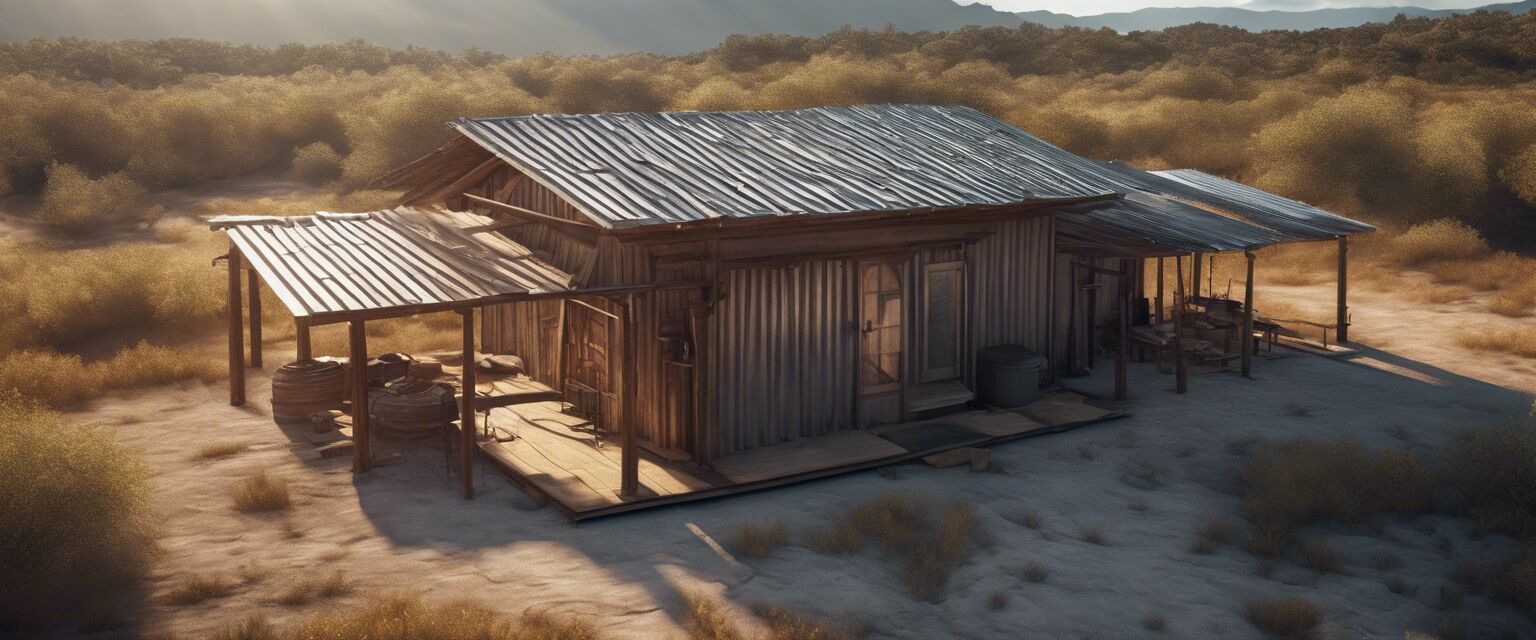
Key Considerations for Off-Grid Shelters
Building your shelter involves numerous considerations:
- Budget: Determine costs of materials and labor.
- Environmental Impact: Use eco-friendly materials and techniques.
- Climate: Tailor your design to withstand local weather conditions.
Legal Requirements
Ensure you adhere to local regulations. Research zoning laws and building codes that may apply. Some areas have restrictions on the types of shelters you can build and where.
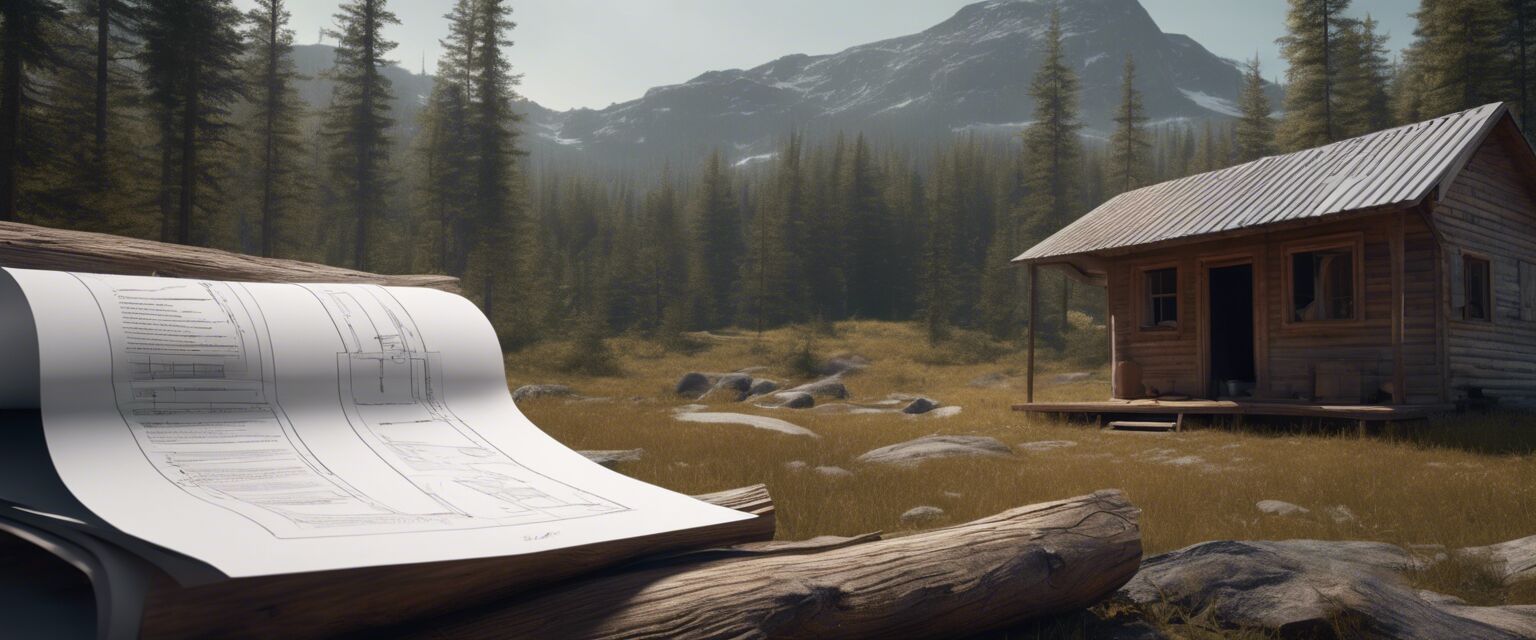
Maintenance of Off-Grid Shelters
Regular maintenance can extend the life of your shelter significantly. Consider these practices:
- Inspect for leaks or damages regularly.
- Clean gutters and drainage systems to prevent overflowing.
- Maintain seals around windows and doors to improve energy efficiency.
Caring for Interior Spaces
The interior should also be functional and comfortable. Explore ideas for:
- Using sustainable materials for furniture.
- Maximizing natural light through windows.
- Creating efficient storage solutions to reduce clutter.
Pros
- Independence from urban life.
- May reduce costs associated with utilities.
- Connection to nature can afford mental wellness.
Cons
- Building skills required may be complex.
- Time-consuming process for construction.
- May face unexpected challenges like weather or pests.
Conclusion
Building an off-grid shelter involves careful planning, consideration of materials, and ongoing maintenance. Whether you choose a traditional log cabin or an innovative earthbag structure, understanding your options will lead to a more comfortable and sustainable living environment. For expertise in various off-grid solutions, check out our other articles on Off-Grid Shelter and Wilderness Survival Skills.
Further Reading
Explore these articles for more insights on building your off-grid life:


